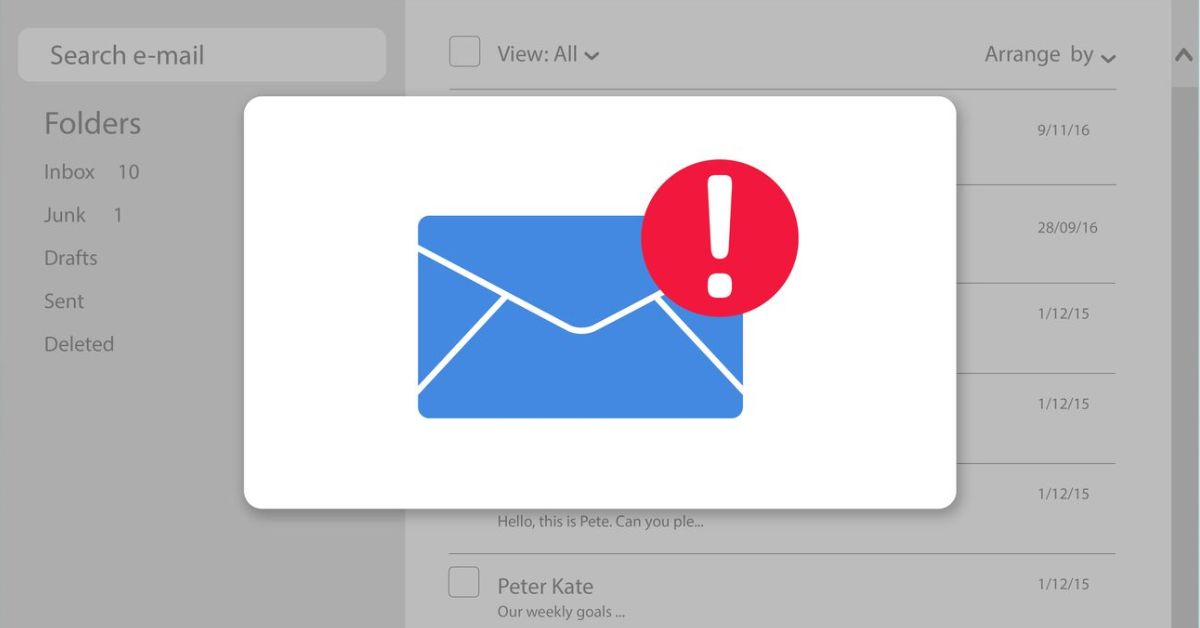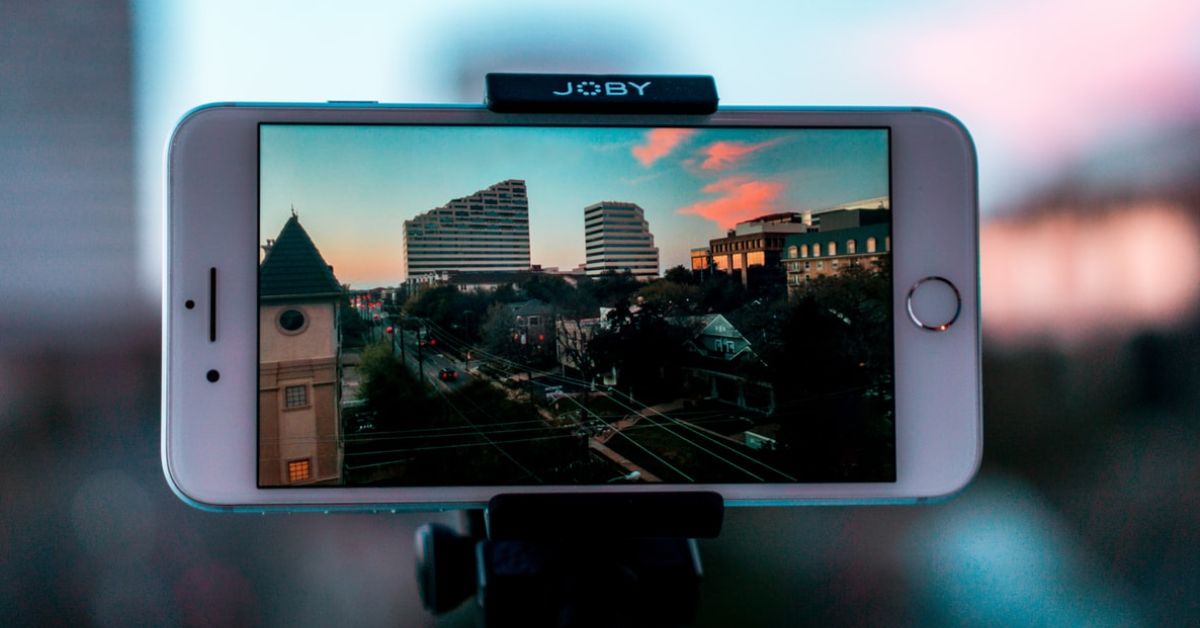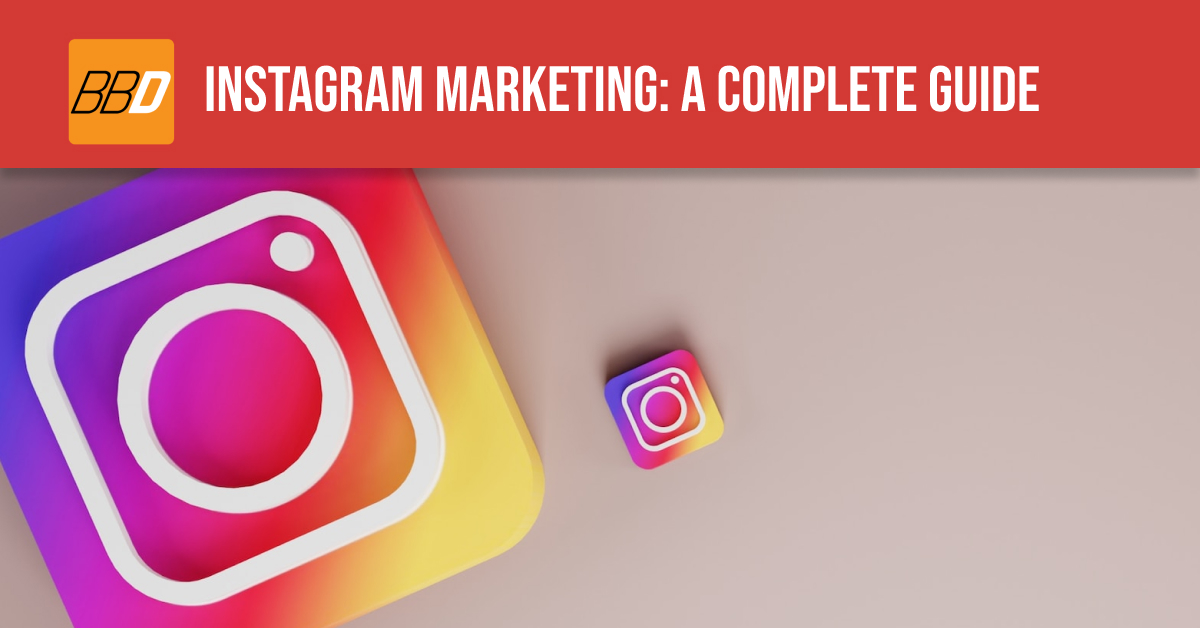Getting consumers to engage with a brand is one of the biggest priorities of any business.
The use of push notifications has become an increasingly popular marketing method, and it’s a step forward in connecting users to a wide variety of apps and brands. Like any marketing or communication strategy, push notifications need to be carefully formulated if you want to speak to users in a way they understand.
What Are Push Notifications?

Push notifications are messages that appear on a range of devices such as smartphones and laptops, to communicate information or prompt action from users. They can convey news in real time, promote a variety of blogs and online articles, and drive traffic to websites—and you can even adjust them to meet individual needs. Push notifications are also called text or rich media messages, as they can contain images, audio and video as well as text.
The use of push notifications is relatively new as Matias Duarte invented them in 2008. They were then launched by Apple in 2009, before numerous other platforms adopted them. Just like all new technological developments, this advancement took a number of years to become a common marketing technique.
In 2021 push notifications are a fundamental part of reaching users—and they work.
Research has revealed that making use of these pop-up messages increases engagement with apps and encourages people to take action.
Web Versus Mobile/App
Push notifications on the web and those from mobile apps have a few differences. While mobile push notifications are sent by apps to devices, web push notifications are sent via browsers (including those on tablets and cell phones).
The mobile messages can pop up on your phone’s lock screen. Downloading an app often includes the agreement to receive push notifications to allow this functionality. Web push notifications, on the other hand, don’t only appear when you download or install software. Simply visiting a website can enable push notifications to appear.
What Is Their Aim?

Some people detest pop-ups, but the purpose of push notifications is entirely different to that of the stereotypical “Click here to win!” messages. Their aim is to convey useful information to users—insights and alerts that are helpful rather than a hindrance.
When you’re browsing a news website or app, push notifications can bring your attention to breaking stories or interesting titbits of information that you would otherwise miss. They can also alert people to real-time factors, such as dangerous weather conditions and traffic congestion.
Push notifications are also powerful marketing tools.
These messages can pop up on mobile devices or the web to direct users to a company website or social media profile. They can promote special offers, and even to remind people of half-completed purchases when they’ve got items in their basket, but have yet to check out.
Increasing User Engagement
Research shows that more than half of mobile users opt into receiving push notifications, with 70% of them finding the notifications helpful.
Well-positioned push notifications can be an incredibly effective strategy when it comes to reaching consumers. People want instant gratification, and getting alerted to relevant information and promotions taps into that need.
These are a few ways to optimize your use of push notifications:

1.) Develop a great opt-in message
Before being able to increase your user engagement you need to get them to opt in to push notifications. Unfortunately, the opt-in message for web push notifications is standardized across most websites and browsers. For messages you can customize, two tips for getting people to opt in are:
-
- Don’t push too hard
- Allow the user different choices
People don’t like to feel tricked, like when there is no clear option to decline push notifications. It’s also much more attractive to offer a few choices—what kind of notifications they would like to receive, for example.
2.) Personalize your notifications
Users do not respond well to vague messages that seem irrelevant to their lives. Being overwhelmed with “Click here now!” notifications is far more likely to put them off rather than to get them interested. To personalize push notifications you need to test and review your users’ interactions with an app, as well as their demographic information.
3.) Time your messages well
Getting timely notifications is very appealing to consumers/users. If they’re reading the news, they’re not likely to appreciate a message alerting them to “breaking news” that happened two days ago. This also involves being aware of users’ demographics; they’re unlikely to respond favorably to a notification at 3am.
4.) Use time-limited offers
One sure-fire way of getting users engaged is to offer them something, and making that offer time-limited. When they’ve only got a certain amount of time to act (to take advantage of a special offer, for example), they’re more likely to engage. Only having a short window of time in which to respond gives users a sense of urgency.
5.) Be creative
This piece of advice is applicable to every marketing strategy, but is still worth mentioning. People get bombarded by notifications and messages of all kinds throughout the day. So, to get their attention, your push notifications need to stand out and be exceptional. This means keeping up with trends, pushing the boundaries, and going the extra mile to speak directly to each user.
6.) Don’t overwhelm users
Those who view push notifications as spam are most likely to do so if they receive too many. This can mean from one to four per day, depending on the industry and purpose of the message. Many of those who dislike receiving notifications get frustrated with their frequency, especially if they are impersonal and badly timed.
7.) Use rich content
“Rich content” refers to messages containing images, video, audio and interactive elements instead of just text. When you want users to engage with your notifications, then this is the way to go: they receive more information and are more likely to feel drawn to visuals and sound.
The Future Of Push Notifications
The digital landscape is constantly changing, making it imperative for brands and apps to adapt to the current needs of consumers. Using push notifications is a proven method of reaching users. But one that will also need adjusting as digital development marches forward.








